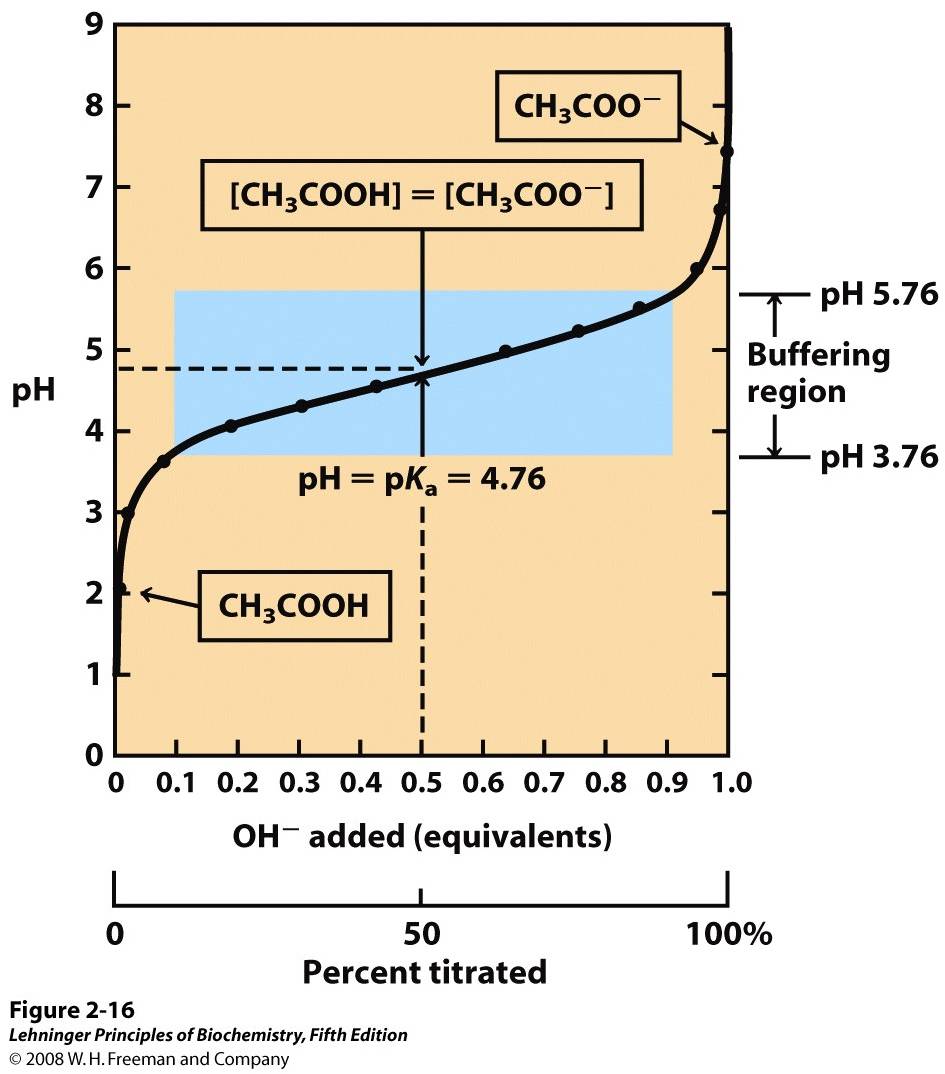A student found that 53.2 mL of a 0.232M solution of NaOH was required to titrate 25.0 mL of an acetic acid solution of unknown molarity to the endpoint. What is the molarity of the acetic acid solution?
1 Answer
Explanation:
The key to this problem is the balanced chemical equation for this neutralization reaction.
Acetic acid,
#"CH"_3"COOH"_text((aq]) + "OH"_text((aq])^(-) -> "CH"_3"COO"_text((aq])^(-) + "H"_2"O"_text((l])#
As you can see, the acid and the base react in a
The problem provides you with the molarity and volume of the sodium hydroxide solution, which means that you can use the definition of molarity to find how many moles of hydroxide anions were needed to completely neutralize the acid.
#color(blue)(|bar(ul(color(white)(a/a)c = n_"solute"/V_"solution" implies n_"solute" = c * V_"solution"color(white)(a/a)|)))#
In this case, you will have
#n_(OH^(-)) = "0.232 mol" color(red)(cancel(color(black)("L"^(-1)))) * 53.2 * 10^(-3)color(red)(cancel(color(black)("L"))) = "0.01234 moles OH"^(-)#
This means that the acid solution must have contained
The molarity of the acetic acid solution was
#["CH"_3"COOH"] = "0.01234 moles"/(25.0 * 10^(-3)"L") = color(green)(|bar(ul(color(white)(a/a)"0.494 mol L"^(-1)color(white)(a/a)|)))#
The answer is rounded to three sig figs.
It's worth noting that the pH of the solution at equivalence point will not be equal to
Instead, the pH of the solution at equivalence point will be greater than


